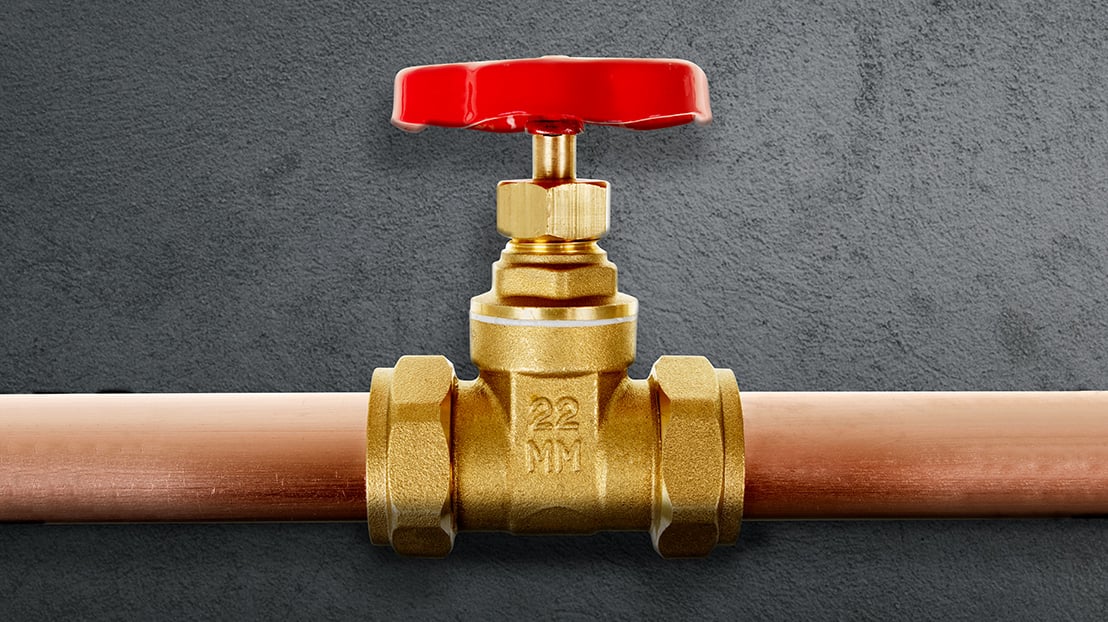Save up to 30%* on select tires and wheels from our top brands including Continental, Michelin, MotoMaster and more.
Shop NowThis paragraph should be hidden..
How to prevent frozen pipes
A frozen pipe can become a messy, expensive problem. Avoid insurance claims and burst pipes by preparing your pipes for the cold. This guide will help you prevent pipe freeze before it starts in 6 steps. Don’t worry – you got this!


STEP 1
Shut off outdoor water supply
Your outdoor faucet will likely be the first thing to freeze. To prevent damage, shut off your outdoor water supply and allow taps to drain.

STEP 2
Insulate high-risk areas
Pipes in your crawl space, garage, attic or outside walls are at a higher risk of freezing. Insulate these pipes with foam pipe covers from Canadian Tire and keep these areas above 8°C.
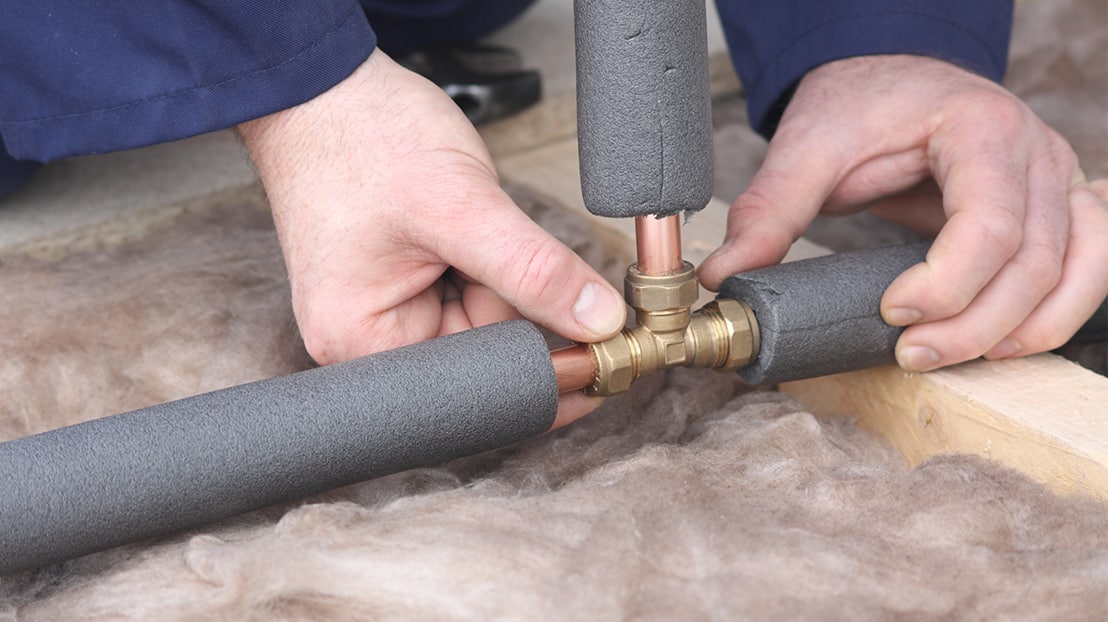
STEP 3
Check for air leaks
Air leaks allow cold air into your home. In harsh cold, even a small opening can let in enough air to freeze a pipe. Use caulking or insulation to keep cold out.
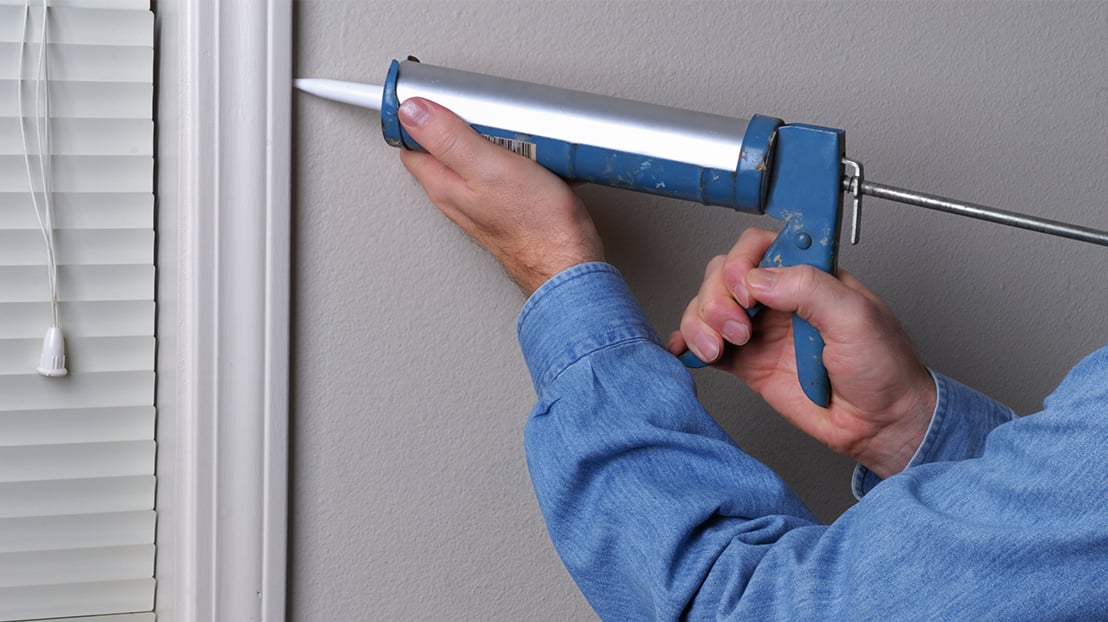
STEP 4
Keep doors open
Keep closets and doors to unoccupied rooms open. This will allow warm air to circulate around plumbing.
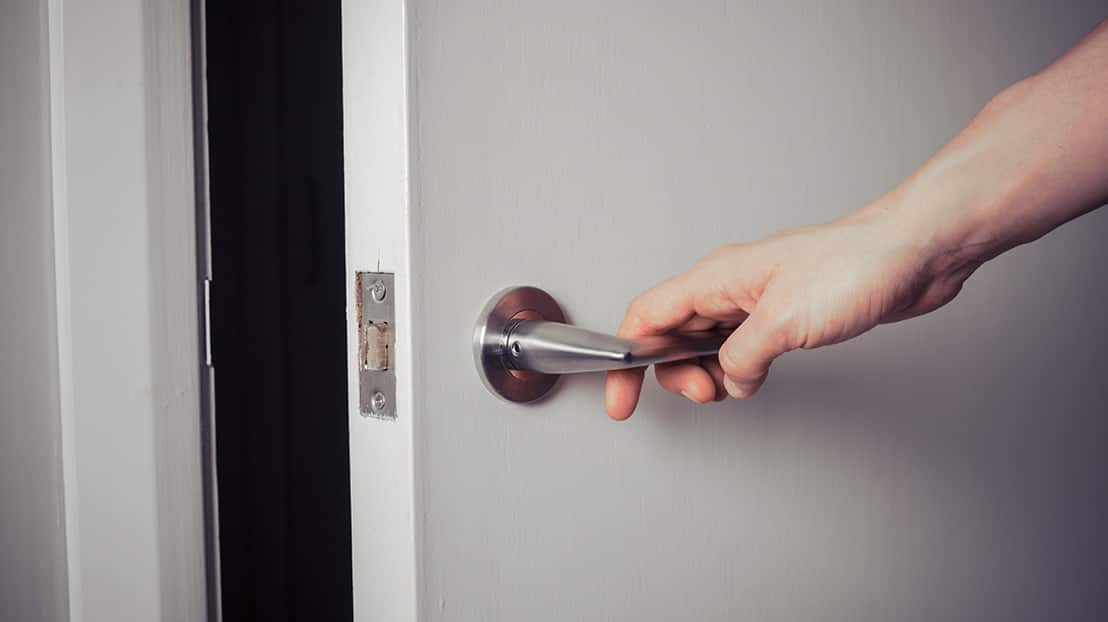
STEP 5
Run faucets on low
In extreme cold, keep a faucet or two running at a low level to keep water movement in the pipes.
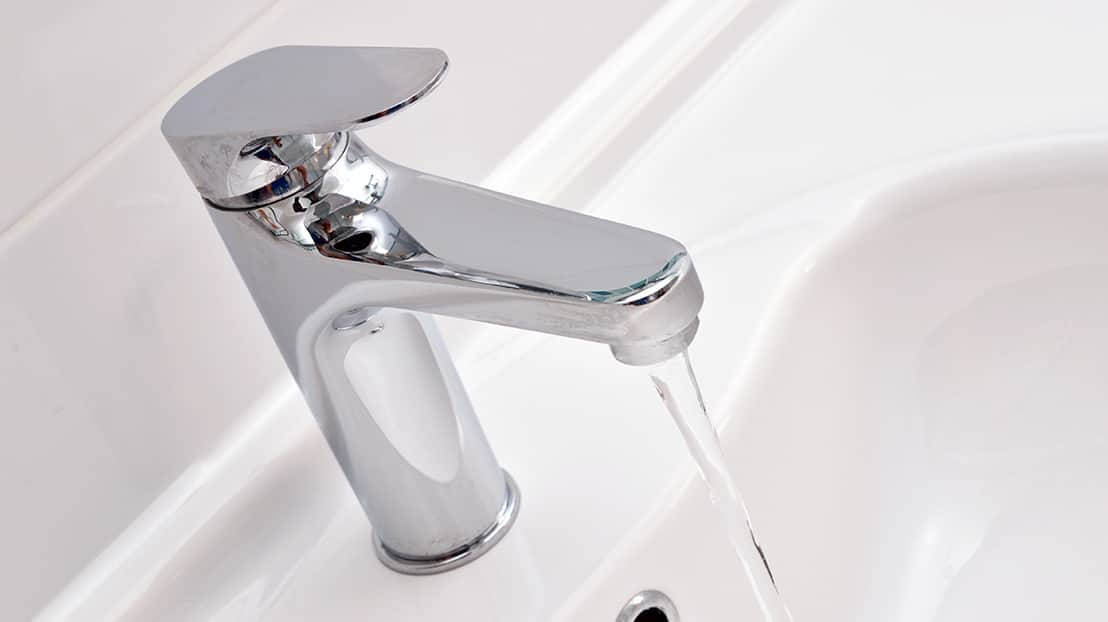
STEP 6
Shut off main water supply
If you’re going on a vacation or extended trip (we suggest somewhere warm), shut off your main water valve and open the taps to drain the water from your plumbing lines.
